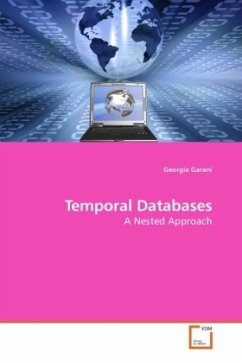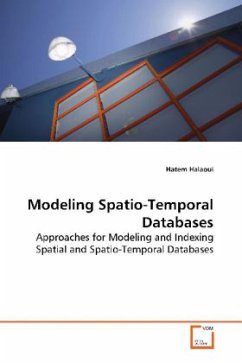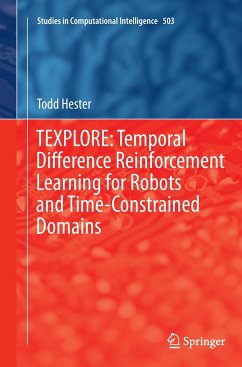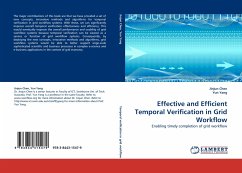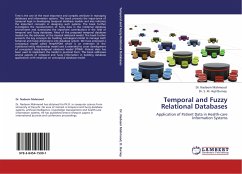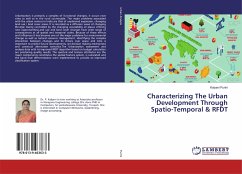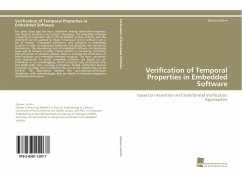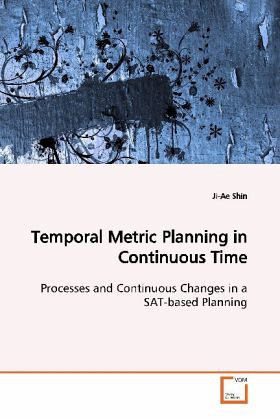
Temporal Metric Planning in Continuous Time
Processes and Continuous Changes in a SAT-based Planning
Versandkostenfrei!
Versandfertig in 6-10 Tagen
45,99 €
inkl. MwSt.

PAYBACK Punkte
23 °P sammeln!
The TM-LPSAT planner can construct plans in domains containing atomic actions and durative actions; events and processes; discrete, real-valued, and interval-valued fluents; reusable resources,both numeric and interval-valued; and continuous linear change to quantities. It works in three tages.In the first stage, a representation of the domain and problem in an extended version of PDDL+ iscompiled into a system of Boolean combinations of propositional atoms and linear constraints overnumeric variables. In the second stage, a SAT-based arithmetic constraint solver, such as LPSAT orMathSAT, is u...
The TM-LPSAT planner can construct plans in domains
containing atomic actions and durative actions;
events and processes; discrete, real-valued, and
interval-valued fluents; reusable resources,
both numeric and interval-valued; and continuous
linear change to quantities. It works in three tages.
In the first stage, a representation of the domain
and problem in an extended version of PDDL+ is
compiled into a system of Boolean combinations of
propositional atoms and linear constraints over
numeric variables. In the second stage, a SAT-based
arithmetic constraint solver, such as LPSAT or
MathSAT, is used to find a solution to the system of
constraints. In the third stage, a correct plan is
extracted from this solution. We discuss the
structure of the planner and show how planning with
time and metric quantities is compiled into a system
of constraints.
containing atomic actions and durative actions;
events and processes; discrete, real-valued, and
interval-valued fluents; reusable resources,
both numeric and interval-valued; and continuous
linear change to quantities. It works in three tages.
In the first stage, a representation of the domain
and problem in an extended version of PDDL+ is
compiled into a system of Boolean combinations of
propositional atoms and linear constraints over
numeric variables. In the second stage, a SAT-based
arithmetic constraint solver, such as LPSAT or
MathSAT, is used to find a solution to the system of
constraints. In the third stage, a correct plan is
extracted from this solution. We discuss the
structure of the planner and show how planning with
time and metric quantities is compiled into a system
of constraints.




